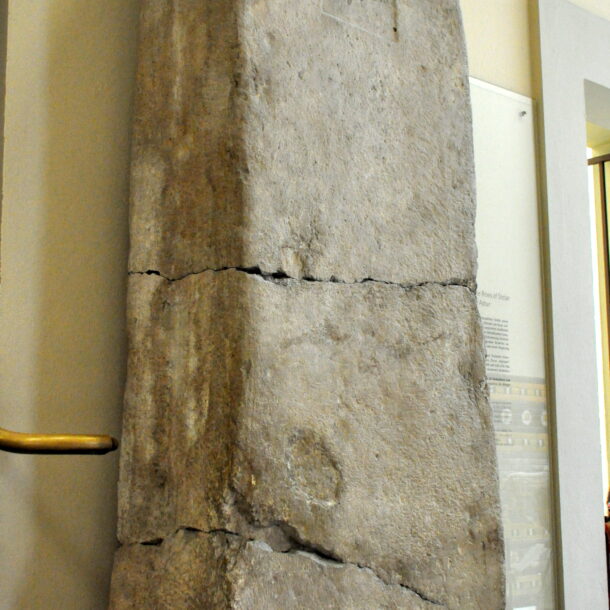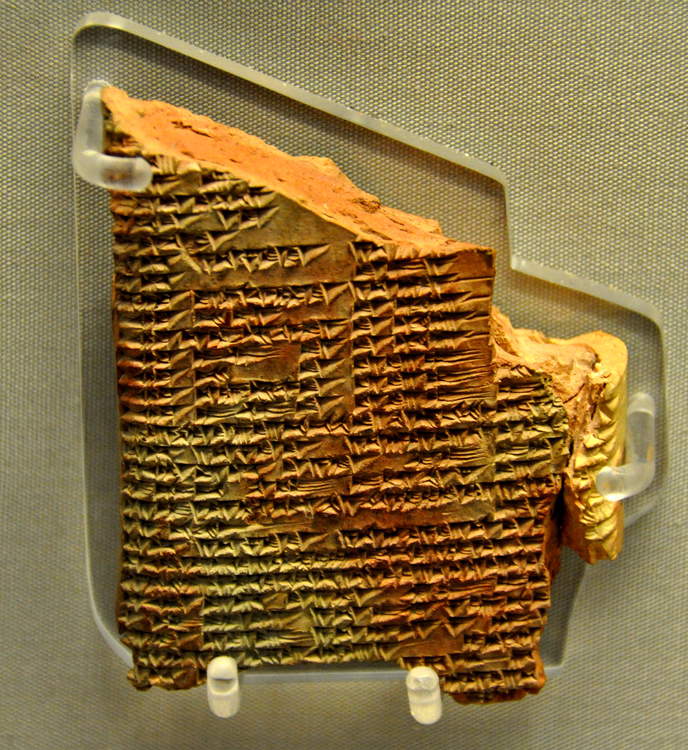Part of the fun of this project has been uncovering gaps in my knowledge that I didn’t know were there – what the great American poet Donald Rumsfeld called “unknown unknowns”. I’m a fiend for pub quizzes, and I like to think that I have a passing familiarity with much of the canon of western art and literature. I may not have seen or read it all, but it does come as a surprise when a theme, character, or person from history crops up that is entirely new to me. My level of understanding usually cuts no deeper than recognising an allusion in a newspaper article or thinking “should have got that one” when the quizmaster reads out an answer. General knowledge is not the same as deep understanding. But drawing a complete blank always comes as a surprise.
This is especially true when the lacuna involves someone as interesting, and inspirational, as today’s semi-mythical Assyrian queen, known since the time of the ancient Greeks as Semiramis. We have Herodotus to thank for the Hellenised name Semiramis, but the real queen was called Shammuramat and lived 2800 years ago in the 9th century BC. She inspired works by Voltaire, Rossini, and even features in Dante’s Inferno. In English literature, she appears briefly in the works of Chaucer, and twice in Shakespeare, featuring in both Titus Andronicus and The Taming of the Shrew.
In Spain she is the subject of Calderón de la Barca’s 1653 play, La Hija del Aire. Reading a review of this play, performed in Madrid last year, it strikes me as Shakespearean in tone – with the queen disguising herself as her son, and an overarching theme of the will to cling to power, whatever abuses that entails.
Like many legendary figures, Semiramis was abandoned as a baby and raised a foundling. Rather than wolves, she was a baby raised by doves. When grown, she married one of King Ninus’ generals, Onnes, by whose side she learned to fight and lead men into battle. But the partnership of Onnes and Semiramis was headed for the rocks the moment King Ninus laid eyes on her. Onnes, out of fear of the king and seeing that his marriage was doomed, kills himself, and Ninus takes Semiramis as his queen. The royal couple have a son and heir, Ninyas, but he is still a child when Ninus is killed by an enemy arrow, and so Semiramis takes power to rule Assyria as regent for 42 years. This is the legend as told by Diodorus Siculus.
Today’s image is another stela, commemorating the real Shammuramat. The inscription at the top places her in relation to the two kings, her husband and son. It was a rare honour for a woman to be commemorated in this way in that time and society, and it’s little wonder that a legend grew up around her. In truth Shammuramat reigned for just 5 years until her son came of age. Those short years, and her acts in stabilising Assyria after a long and destructive civil war, were quite enough to cement her reputation.
The seed of this cuneiform challenge, though randomly planted by Noah Efron’s joke, found fertile soil. For a long time I’ve wanted to take the assortment of quiz answers and trivia that cluster inside my head and impose some order and depth on them. I’ve often considered starting something like writing an essay a week, to make myself consider something more deeply, to give shape to the various influences on the way I see the world, to fill in some of the gaps and recognise the contradictions. This cuneiform challenge is shaping up to be exactly the task I was looking for. I’m really happy that you’re coming along with me.

